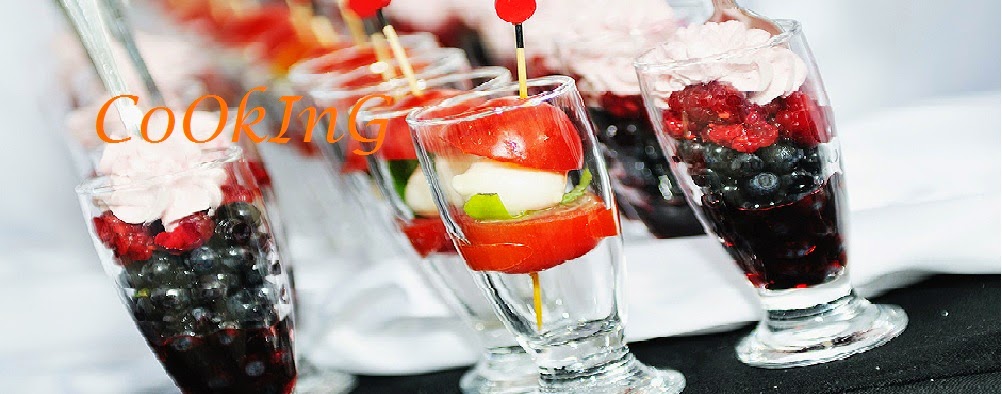CoOkInG
Professional Cooking, Eighth Edition reflects the changing nature of our understanding of cooking and related fields such as food safety, nutrition, and dietary practices, as well as new thinking about how best to teach this material. Familiar material reflects the core curriculum that has stayed focused on the essentials, the comprehensive understanding of ingredients and basic cooking techniques that are the foundation of success in the kitchen.Cooking or cookery is the process of preparing food for consumption with the use of heat. Cooking techniques and ingredients vary widely across the world, reflecting unique environmental, economic, and cultural traditions and trends. The way that cooking takes place also depends on the skill and type of training an individual cook has. Cooking can also occur through chemical reactions without the presence of heat, most notably with Ceviche, a traditional South American dish where fish is cooked with the acids in lemon or lime juice. Sushi also uses a similar chemical reaction between fish and the acidic content of rice glazed with vinegar.
Chicken, pork and bacon-wrapped corn cooked in a barbecue smoker
Preparing food with heat or fire is an activity unique to humans, and scientists believe the advent of cooking played an important role in human evolution.Most anthropologists believe that cooking fires first developed around 250,000 years ago. The expansion of agriculture, commerce, trade and transportation between civilizations in different regions offered cooks many new ingredients. New inventions and technologies, such as pottery for holding and boiling water, expanded cooking techniques. Some modern cooks apply advanced scientific techniques to food preparation.
Contents
The Food-Service Industry
Sanitation and Safety
Tools and Equipment
Menus, Recipes, and Cost Management
Nutrition
Basic Principles of Cooking and Food Science
Mise en Place
Stocks and Sauces
Soups
Understanding Vegetables
Cooking Vegetables
Potatoes
Legumes, Grains, Pasta, and Other Starches
Cooking Methods for Meat, Poultry, and Fish
Understanding Meats and Game
Cooking Meats and Game
Understanding Poultry and Game Birds
Cooking Poultry and Game Birds
Understanding Fish and Shellfish
Cooking Fish and Shellfish
Salad Dressings and Salads
Sandwiches
Hors d’Oeuvres
Breakfast Preparation
Dairy and Beverages
Cooking for Vegetarian Diets
Sausages and Cured Foods
Pâtés, Terrines, and Other Cold Foods
Food Presentation
Bakeshop Production: Basic Principles and Ingredients
Yeast Products
Quick Breads
Cakes and Icings
Cookies
Pies and Pastries
Creams, Custards, Puddings, Frozen Desserts, and Sauces
Metric Conversion Factors.
Standard Can Sizes.
Approximate Weight-Volume Equivalents of Dry Foods.
Kitchen Math Exercises: Metric Versions.
Eggs and Safety.
Bibliography.
Glossary and Cooking Vocabular.
Sanitation and Safety
Tools and Equipment
Menus, Recipes, and Cost Management
Nutrition
Basic Principles of Cooking and Food Science
Mise en Place
Stocks and Sauces
Soups
Understanding Vegetables
Cooking Vegetables
Potatoes
Legumes, Grains, Pasta, and Other Starches
Cooking Methods for Meat, Poultry, and Fish
Understanding Meats and Game
Cooking Meats and Game
Understanding Poultry and Game Birds
Cooking Poultry and Game Birds
Understanding Fish and Shellfish
Cooking Fish and Shellfish
Salad Dressings and Salads
Sandwiches
Hors d’Oeuvres
Breakfast Preparation
Dairy and Beverages
Cooking for Vegetarian Diets
Sausages and Cured Foods
Pâtés, Terrines, and Other Cold Foods
Food Presentation
Bakeshop Production: Basic Principles and Ingredients
Yeast Products
Quick Breads
Cakes and Icings
Cookies
Pies and Pastries
Creams, Custards, Puddings, Frozen Desserts, and Sauces
Metric Conversion Factors.
Standard Can Sizes.
Approximate Weight-Volume Equivalents of Dry Foods.
Kitchen Math Exercises: Metric Versions.
Eggs and Safety.
Bibliography.
Glossary and Cooking Vocabular.
